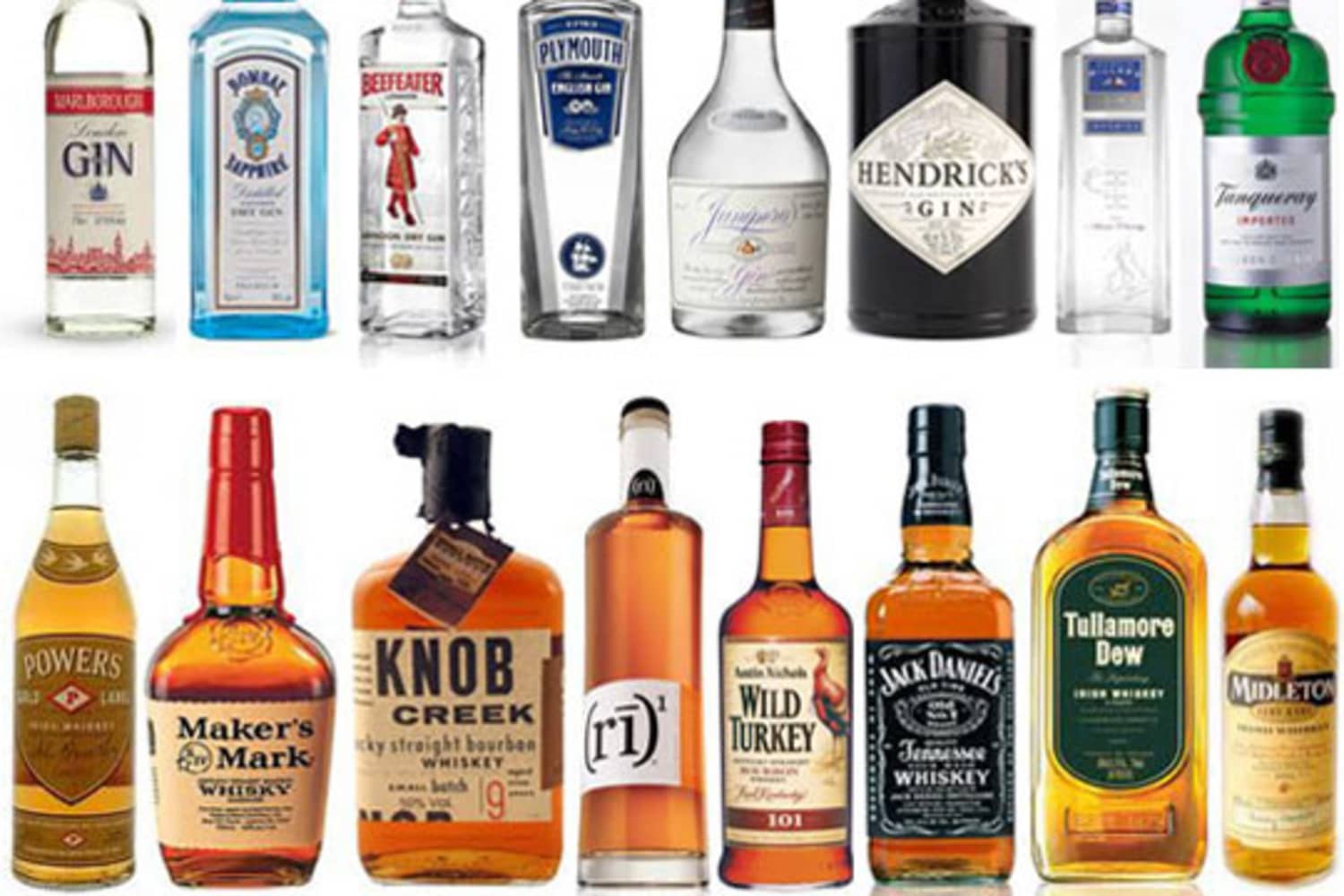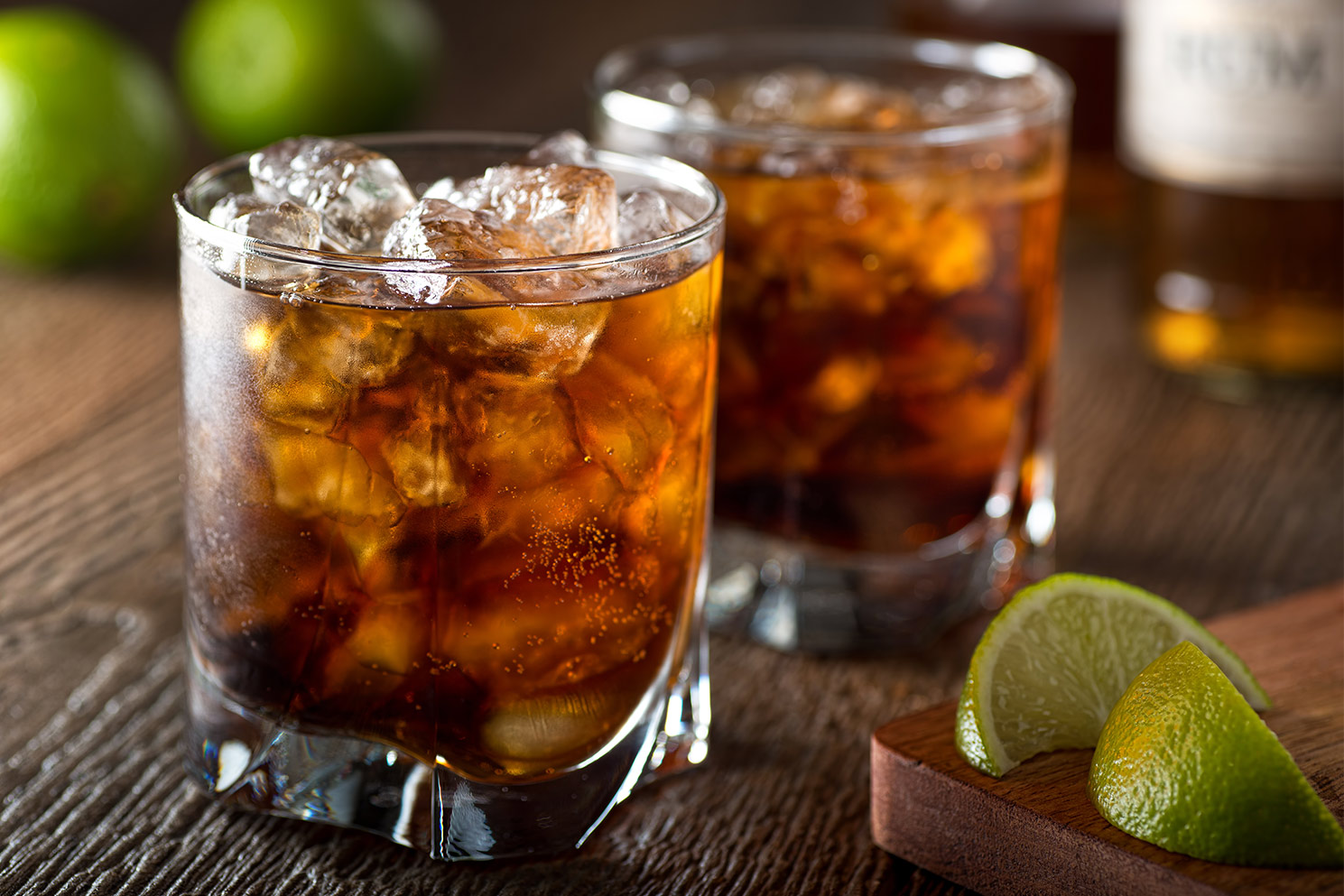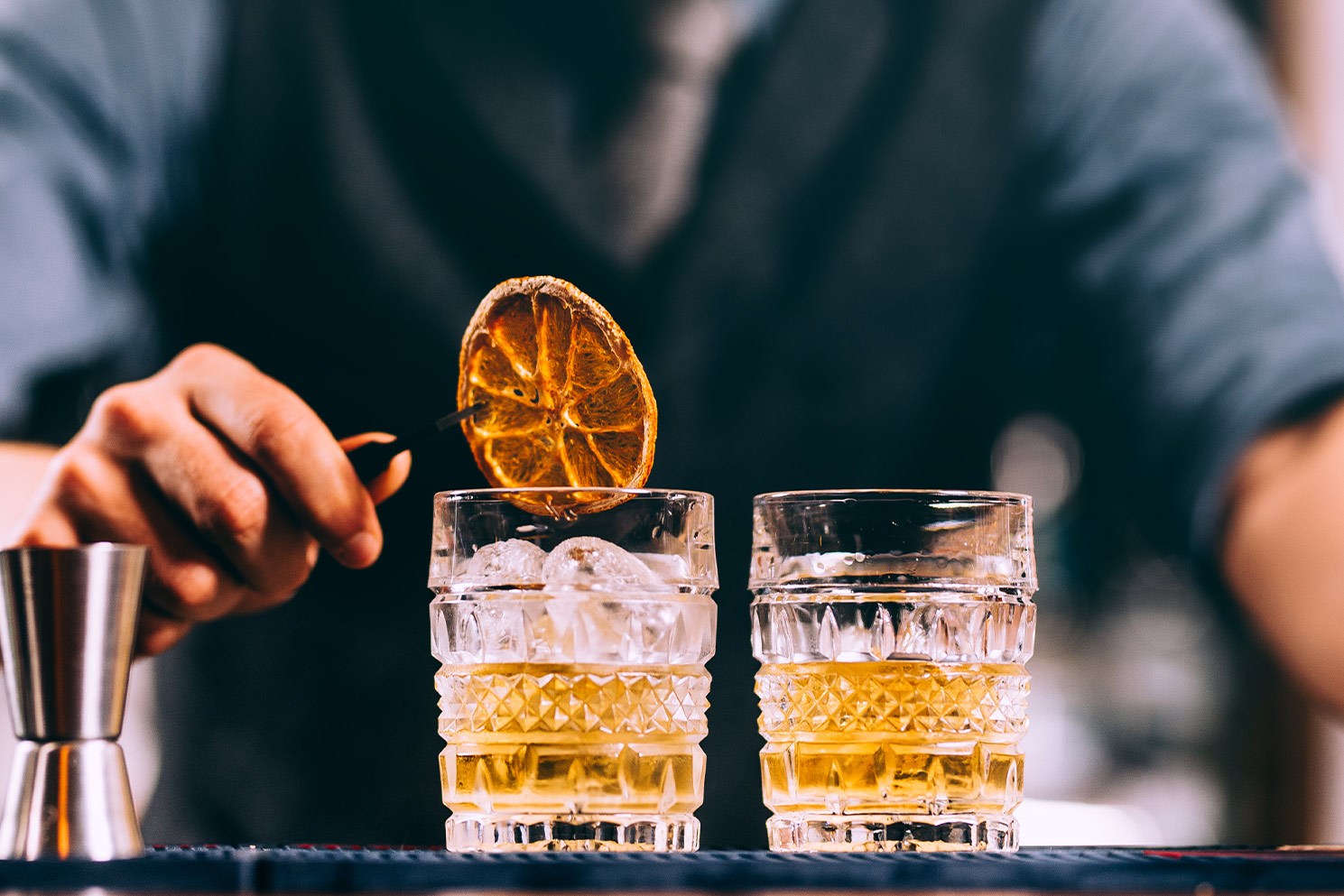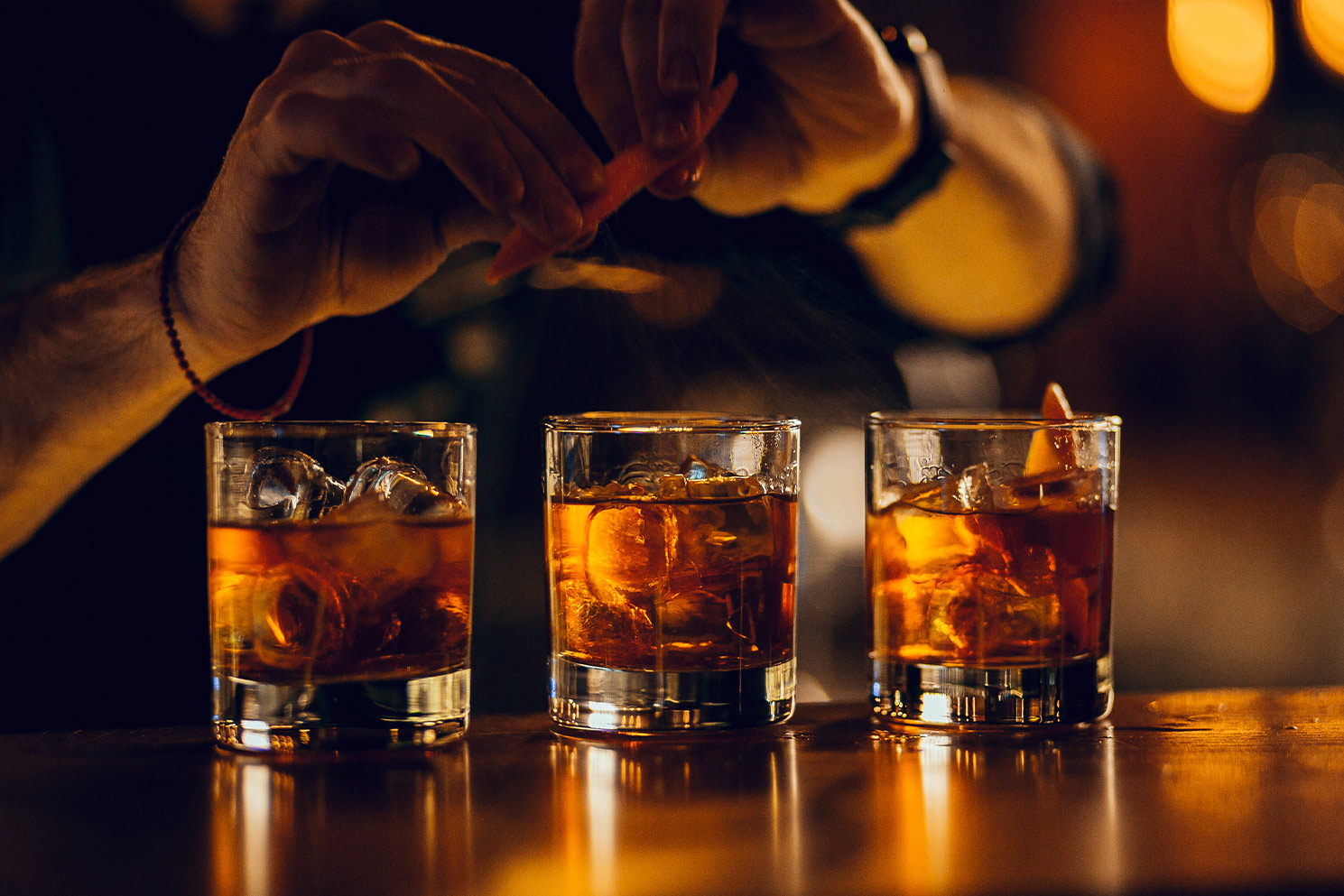
Plus — a cocktail recipe using your dark liquor of choice!
Jonathan Lind is a NYC-based bartender, founding Bar Director at Crown Shy, and has worked at celebrated establishments like Eleven Madison Park.
Wondercade’s house mixologist is back in the…uh…um…house. The ever-brilliant, ever-thirsty Jonathan Lind is here to give you a proper primer to the world of dark liquors. Think Scotch. Bourbon. Tequila. Yes, even tequila! The deep, caramel-y flavors are yours for the taking — and tasting. Jonathan explains all. -NPH
Winter is, as they say, coming. Sure, fine, okay, I am fully aware that we haven’t even yet scratched the surface of fall. But we’ve officially entered the time of year where many folks start gravitating toward cocktails that have darker liquors that tend to complement the tastes and flavors of the foods of the season.
There’s a tremendous (potentially daunting) selection of dark, brown liquors on the market nowadays. From whiskies to rums, without proper training, you’re in danger of (figuratively) drowning in all the options! Where to begin? Hi, Wondercader — mixologist and bartender Jonathan Lind back with you, here to demystify it all and act on my instinct to educate!
A Primer for Beginners!
First off: why is it brown? Well, fun fact alert: every single spirit starts clear. Yup, every single one. Rum? Clear. Whiskey? Clear. Vodka? Clear (obviously). When you see a spirit that’s brown, it’s because that liquor has spent time aging in the presence of wood — generally (and potentially exclusively) in the form of a barrel.
Now, here’s where it gets more detailed: the charred wood of a barrel imparts color and flavor to the spirit resting within. Ever wonder why most American whiskey has unique notes of vanilla, maple and cinnamon? These flavors are a direct result of the barrel-aging process, and the chemical interaction between the new-make spirit and the charred oak barrels; the flavors are extracted from the wood through a process called esterification. The longer you spend in the barrel, the more pronounced those flavors become. (But it can get “overcooked,” meaning it’s picked up too much flavor from the wood.)
American, Scotch, Irish, Japanese, Indian, Mexican…we’re listing styles of whisk(e)y here, not denizens of Disney’s It’s a Small World ride. A lot of folks get confused when trying to discern the difference between these, so I’ll give you a quick summary. First up, all whiskey is aged in barrels, regardless of where it’s from. American whiskey must, by law, be aged in American oak, but we are the only country that regulates the specific type of wood. Scotch whisky is smokier due to the presence of peat in the malting process. (The Scots also spell it without the “e.”) Irish whiskey tends to be smoother and lighter owing to the distillation process. Generally speaking, whiskies from any other region will fall into these three styles in one way or another.
Next, let me walk you through each type of brown liquor…as well as a bottle recommendation or two for each!
Recommended bottles: George Dickel Bourbon 8 Years, Willett Pot Still ReservePerfect cocktail: Many folks will swear that a Manhattan must be made with rye whiskey, but I personally love the richness you experience with a nice bourbon Manhattan.
Did you know that bourbon is the official beverage of the United States? Truly! Look it up! Bourbon is probably one of the first spirits you learn about in the bar world, both for the historical importance and the wide variety of options. Reach for these bottles when you’re looking to enjoy premium examples of bourbon’s classic tasting notes of vanilla, cherry, almond and toffee. Bourbon is made from corn — as opposed to barley, which Scotch is made of…more on that below — which gives it a perceived sweeter flavor than Scotch does.
Recommended bottles: Johnnie Walker Green Label, The Glenrothes 18-Year-Old Single MaltPerfect cocktail: Penicillin! A whiskey sour variation with bright ginger and warming honey notes, this is a fantastic cocktail for experiencing new Scotch whiskies.
Nothing welcomes the crisp bite of winter like a nice dram — especially since it has that smokiness from the peat I mentioned earlier. My favorite is Johnnie Walker Green. Green Label is what’s known as a blended malt whisky, which means it is a blend of single malts. “Single malt” refers to a bottle of Scotch whisky produced from 100% malted barley during a single distilling season from a single distillery — that means big flavor and a gorgeous texture. The Glenrothes, meanwhile, is one of the premier single malt distilleries in Scotland, and their 18-year is an incredible example of that craftsmanship. It works beautifully in cocktails, but I prefer mine over a single piece of ice. (For the record, I would love to do an in-depth article on Scotch; email in and let me know if that’s interesting to y’all!)

Recommended bottles: Roe & Co, Teeling Single MaltPerfect cocktail: A riff on the classic Old Fashioned that replaces simple syrup with elderflower liqueur, the Cooper Union cocktail capitalizes on the floral notes of Irish whiskey.
While Jameson might be the Irish whiskey everyone knows, Roe & Co is the one you should. Distilled across the street from the Guinness brewery, Roe & Co is a non-chill filtered Irish whiskey. What does this mean? It means a richer flavor and bolder mouthfeel. You can shoot it, but the fact that it isn’t filtered means it holds up really well in cocktails. As for Teeling, they won the title of world’s best single malt at the 2019 World Whiskies Awards, so you can’t go wrong with any of their offerings, especially this bottle with its aromas and flavors of dried fruit.
Recommended bottles: Smith & Cross Jamaican Rum, Ron Zacapa No. 23Perfect cocktail: Rum Negroni! The richness of these rums is balanced beautifully by the bitterness of Campari, giving you a really beautiful sipping cocktail that’s sure to please. Pro tip: a Negroni made with Jamaican rum is often referred to as a Kingston Negroni.
As a category, rum can be a touch tricky when it comes to “brown” spirits. You are legally allowed to add all sorts of fun stuff to rum, so if you see one, check to see if the color is coming from time spent in the barrel, or caramel coloring. I know rum has a bad rap because we’ve all snuck that bottle of coconut rum when we were younger (though obviously not when we were under 21).

Made from sugarcane, rum has been produced everywhere from New England to South America, and it is definitely worth exploring the more luxurious brands. Rule of thumb for rum: cheap = sweet. Both of these rums are absolute titans in the world of aged spirits. What sets Ron Zacapa, a Guatemalan rum, apart from others on the market is a combination of the sugarcane honey from which it is produced (instead of traditional molasses), and the unique aging system known as “solera” that imparts the flavors of several different types of wood. Smith & Cross is an overproof (drinkers beware!) Jamaican rum that undergoes an extremely long fermentation, resulting in a spirit that tastes like the demon love child of Bananas Foster and diesel fumes. I can feel your hesitation from here, but rest assured, it is delicious.
Recommended bottles: Don Julio Rosado, Fortaleza ReposadoPerfect cocktail: Espresso Martini. Just trust me.
Don’t sleep on aged tequilas! While they spend significantly less time in a barrel than whiskeys do (even the most aggressively aged tequilas typically don’t see more than 3 years in a barrel), they are beautiful over ice or in cocktails that would traditionally be looked at as whiskey cocktails. Aging 6 months in American oak and an additional 3 in ruby port casks, Don Julio Rosado still has the bright agave flavor of a blanco tequila, with the subtlety and spice of a reposado (a tequila that has been aged less than one year). The ruby port barrels add a touch of stewed red fruit and tannin that make this an incredible tequila for cocktails.

Okay folks, I think I’ve given you enough of a shopping list for this issue, but before you go, let’s talk about one final cocktail. One that works with any of the spirits we’ve talked about today!
In my opinion, when it comes to cocktails, a good aged spirit is a lot like a good steak: less is more. And there’s no drink as simple and delicious as an Old Fashioned, so here we go!

Servings: 1 cocktail
- 2 oz. spirit of your choice — yup, any of the above we talked about!
- ¼ oz. simple syrup
- 3 dashes Angostura bitters
- Lemon or orange twist
-
- Combine all ingredients in a stirring vessel.
- Fill the vessel with ice, stir well (you can also stir it a little less than you might for something like a martini, as Old Fashioneds tend to be served over ice!), and strain into a rocks glass with a large piece of ice.
- Garnish with a lemon or orange twist, depending on preference, and enjoy!
There are opportunities for nuance even in such a basic recipe, by the way. Angostura bitters is the original ingredient in the cocktail, but it is hardly the only thing available on the market that can fill that role. There are bitters that mimic specific fruits, vegetables and spices. For the home bar enthusiast, having a good bitters collection is a great way to make a wide variety of cocktails without breaking the bank. Along that line of thought, simple syrup doesn’t have to be made exclusively with white sugar. Making a rum drink? Use demerara sugar! Making a tequila drink? Use agave! Making a Scotch drink? Haggis! (Okay, maybe not that one.) My point: don’t let the recipe limit your creativity.
So get out there this fall, and buy some aged booze! Have a pumpkin spiced latte! Wear flannel! Do ‘em all at once!
Difference between Alcoholic Beverages: Wine/Whiskey/Rum/Gin/Vodka/Tequila/Brandy/Alcohol percentage
FAQ
What are some brown liquors?
What are the brown spirits?
What is the best selling liquor in the US?
